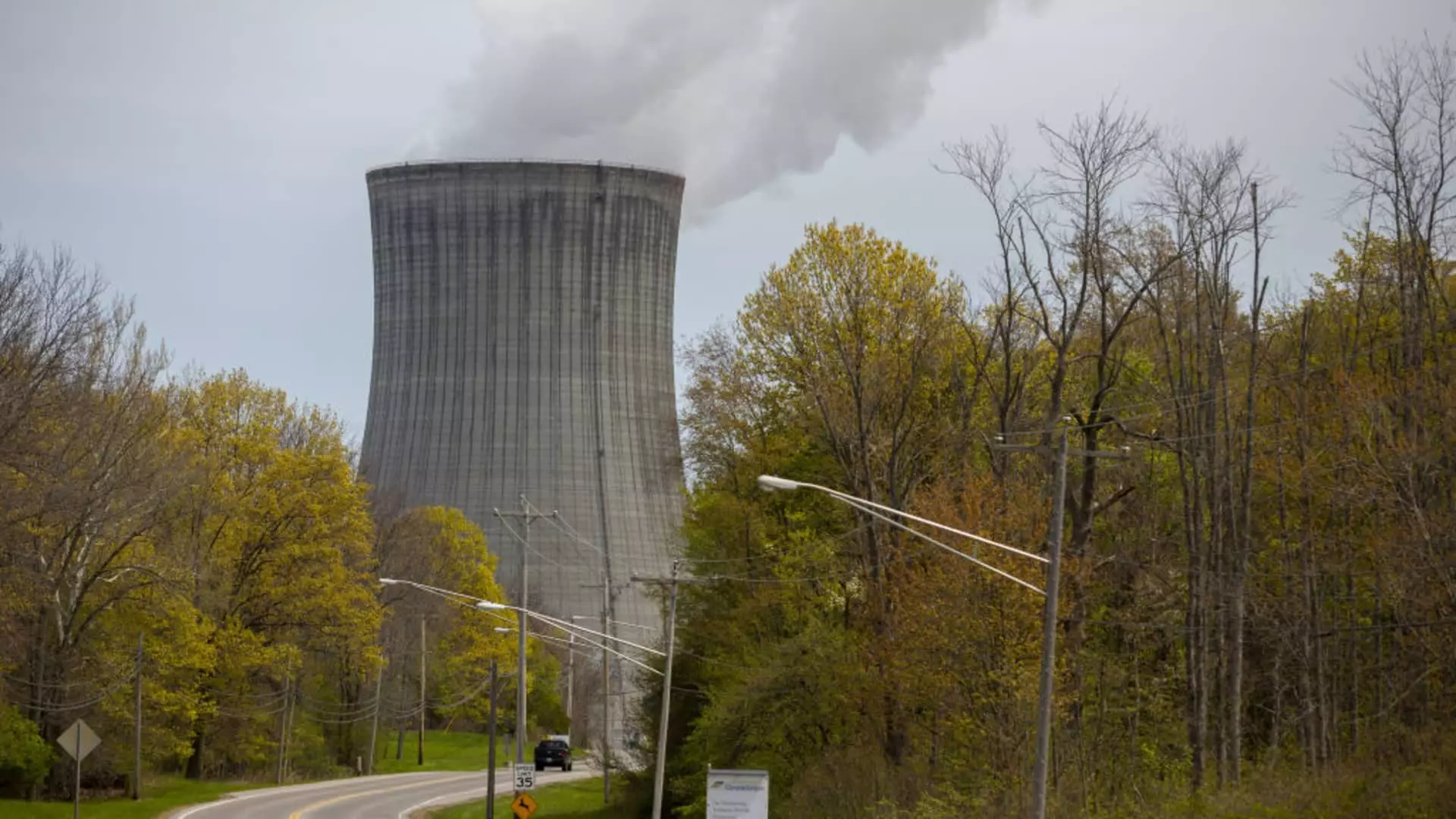The race to secure clean energy to power artificial intelligence is on the rise, with tech companies increasingly looking to directly connect data centers to nuclear plants. This move has sparked resistance from some utilities over concerns about its potential impact on the electric grid. Data centers, which are essential to U.S. economic competitiveness and national security, now require a gigawatt or more of power, comparable to the average capacity of a nuclear reactor in the U.S.
With the increasing demand for power from data centers and the retirement of coal plants, power supply is becoming constrained. This challenge is further exacerbated by the surge in demand from the expansion of domestic manufacturing and the electrification of vehicles. PJM Interconnection, the largest grid operator in the U.S., has warned about the tightening power supply and demand, particularly in regions like northern Virginia, where the world’s largest data center hub is located.
The concept of co-locating data centers next to nuclear plants, while seen as a fast and cost-effective way to support the buildout of data centers, has faced controversy. For instance, a deal between Amazon Web Services and Talen Energy, involving a data center powered by the Susquehanna nuclear plant in Pennsylvania, has drawn opposition from utilities like American Electric Power and Exelon. These utilities argue that such agreements could result in less available power in the grid area, thus harming existing customers.
Regulators like the Federal Energy Regulatory Commission (FERC) have been involved in assessing these direct power agreements between data centers and nuclear plants. While some companies like Talen Energy have defended these arrangements as necessary to meet the growing demand for power, utilities have raised concerns about the potential implications on the broader grid and end consumers. It remains to be seen how regulators will address these conflicting perspectives in a way that balances innovation and grid stability.
As tech companies continue to seek cleaner power sources to fuel their data centers, the debate around direct connections to nuclear plants is likely to intensify. Companies like Constellation and Vistra have shown support for these arrangements, while also acknowledging the need for traditional grid connections. The industry may shift towards exploring alternative grids like ERCOT in Texas to address the challenges faced in regions like PJM.
The intersection of tech, energy, and regulation presents complex challenges and opportunities for stakeholders involved in the power industry. Balancing the demands of data centers with those of the broader consumer base will require careful planning and collaboration between various industry players. As the U.S. navigates this evolving landscape, it must consider the long-term implications of direct connections between data centers and nuclear plants to ensure a sustainable and reliable energy future.

